The Wedding Banquet: A Fresh Look At A Queer Asian-American Narrative
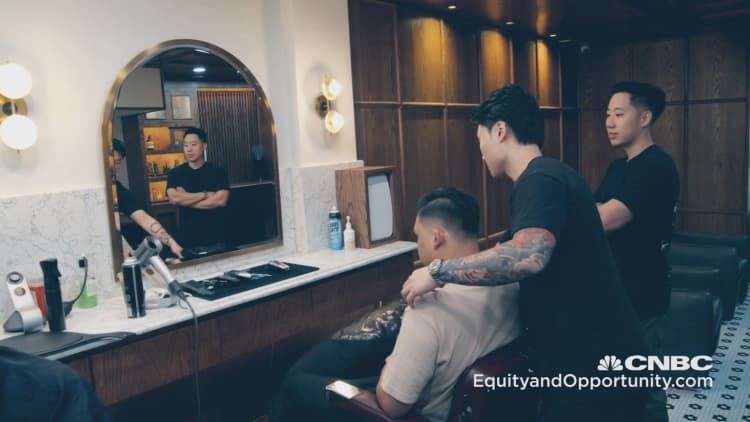
Table of Contents
Challenging Traditional Expectations: Family and Cultural Identity in The Wedding Banquet
The Wedding Banquet masterfully depicts the tension between traditional Chinese-American family values and the realities of modern life, especially for LGBTQ+ individuals. The film hinges on the pressure Wai-Tung faces to conform to his family's expectations surrounding marriage and the continuation of the family lineage. This pressure is deeply rooted in the concept of filial piety, a cornerstone of Chinese culture that emphasizes respect and obedience to one's parents. However, Wai-Tung's homosexuality creates a profound conflict between his personal desires and his duty to his family.
- Analyzing the Pressure on Wai-Tung: The film showcases the immense pressure Wai-Tung experiences to enter into a seemingly traditional marriage, a pressure amplified by his parents' desire for grandchildren and the societal expectation of a stable family unit. This expectation is directly tied to maintaining face (mianzi), a crucial aspect of Chinese culture.
- Clash of Cultures: The Wedding Banquet subtly illustrates the clash between traditional Chinese values emphasizing arranged marriage and family unity and the more individualistic ideals prevalent in Western society. Wai-Tung navigates this cultural dichotomy, struggling to reconcile his identity with his family's expectations.
- Navigating Cultural Identity: The film poignantly highlights the challenges faced by LGBTQ+ individuals attempting to reconcile their cultural identity with their sexual orientation within their families. This internal struggle is central to Wai-Tung's character arc and underscores the complexities of belonging within both the LGBTQ+ and Asian communities.
- Filial Piety and LGBTQ+ Relationships: The film explores the complicated relationship between filial piety and LGBTQ+ relationships. Wai-Tung's attempts to balance his love for Gao with his desire to please his parents reveals the inherent tension between cultural obligation and personal authenticity. He embodies the struggle many LGBTQ+ individuals from Asian backgrounds face.
Navigating Identity: Same-Sex Relationships and Representation in The Wedding Banquet
The Wedding Banquet's portrayal of same-sex relationships, while subtle, was groundbreaking for its time. Ang Lee masterfully employs subtext and unspoken gestures to reveal the intimacy and love between Wai-Tung and Gao. The film’s approach to gay Asian representation is arguably more impactful due to its subtlety; it allows viewers to engage with the themes on an emotional level rather than through overt displays.
- Wai-Tung and Gao's Relationship: The film doesn't shy away from portraying the tenderness and affection between Wai-Tung and Gao, even amidst the deception surrounding their sham marriage. Their interactions, though often understated, reveal a deep connection.
- Subtlety in Storytelling: The film's strength lies in its subtlety. It avoids stereotypical portrayals of homosexuality and instead focuses on the emotional complexities of the relationship within a specific cultural context. This subtle approach resonates with audiences and avoids potentially harmful tropes.
- Reflecting the Social Climate: The film reflects the social climate surrounding LGBTQ+ relationships in the early 1990s, a time when open discussions about homosexuality were less prevalent, especially within Asian communities. The need for secrecy underscores the challenges faced by the characters.
- Comparison to Modern Depictions: Comparing The Wedding Banquet's representation to modern depictions highlights the progress (and the remaining work) in LGBTQ+ Asian representation in media. While the film was revolutionary, contemporary media offers more explicit and diverse portrayals.
- Impact on Asian-American Cinema: The Wedding Banquet holds a significant place in Asian-American cinema, paving the way for more nuanced and authentic representations of Queer Asian-American experiences in subsequent films.
The Enduring Legacy: The Wedding Banquet and its Impact on Contemporary Discourse
Despite being released decades ago, The Wedding Banquet remains remarkably relevant. Its themes resonate deeply with contemporary conversations about LGBTQ+ rights, cultural acceptance, and the complexities of identity in a globalized world.
- Resonance with Current Conversations: The film’s exploration of family acceptance, cultural expectations, and the challenges of living authentically continues to be highly relevant to the LGBTQ+ Asian-American community and beyond.
- Influence on Subsequent Films: The Wedding Banquet has undoubtedly influenced subsequent films and media representations of Queer Asian-American experiences. It provided a blueprint for tackling sensitive themes with nuance and sensitivity.
- Ongoing Struggle for Representation: The film's enduring relevance also highlights the ongoing struggle for authentic and diverse LGBTQ+ representation within Asian communities. The film’s legacy continues to inspire filmmakers to tell authentic stories.
- Intersectionality and Identity: The Wedding Banquet contributes to a broader understanding of intersectionality and identity. It acknowledges that individuals navigate multiple layers of identity—racial, ethnic, sexual, and cultural—simultaneously.
Conclusion:
The Wedding Banquet, through its nuanced portrayal of family dynamics, cultural identity, and same-sex relationships, remains a powerful and relevant work for understanding the Queer Asian-American experience. The film's subtle exploration of these complex themes continues to spark dialogue and contributes to a greater understanding of the challenges and triumphs faced by this community. Revisit Ang Lee's The Wedding Banquet and engage in a critical discussion about its enduring legacy. Share your insights on how this film continues to reshape our understanding of the Queer Asian-American narrative. Further your exploration of LGBTQ+ Asian representation in film. Let's continue the conversation around the impactful representation of Queer Asian-Americans in media and the powerful legacy of The Wedding Banquet.

Featured Posts
-
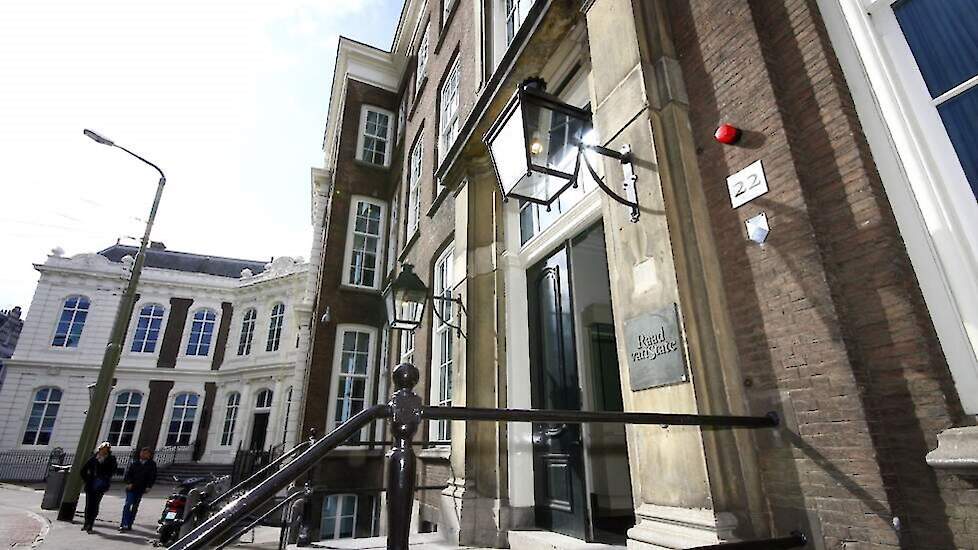 Toekomst Vuurwerkverkoop Nederland Ondanks Verbod
May 18, 2025
Toekomst Vuurwerkverkoop Nederland Ondanks Verbod
May 18, 2025 -
 Rune Pobeduje Alkarasa U Finalu Barselone Uprkos Povrede
May 18, 2025
Rune Pobeduje Alkarasa U Finalu Barselone Uprkos Povrede
May 18, 2025 -
 Secure The Best No Deposit Bonuses In May 2025
May 18, 2025
Secure The Best No Deposit Bonuses In May 2025
May 18, 2025 -
 Is Only Fans The Future For Celebrities Amanda Bynes Weighs In
May 18, 2025
Is Only Fans The Future For Celebrities Amanda Bynes Weighs In
May 18, 2025 -
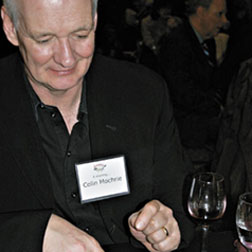 Comedy Night For Charity Mike Myers And Colin Mochrie In Toronto
May 18, 2025
Comedy Night For Charity Mike Myers And Colin Mochrie In Toronto
May 18, 2025
Latest Posts
-
 Uber In Mumbai New Pet Friendly Ride Options And Booking
May 18, 2025
Uber In Mumbai New Pet Friendly Ride Options And Booking
May 18, 2025 -
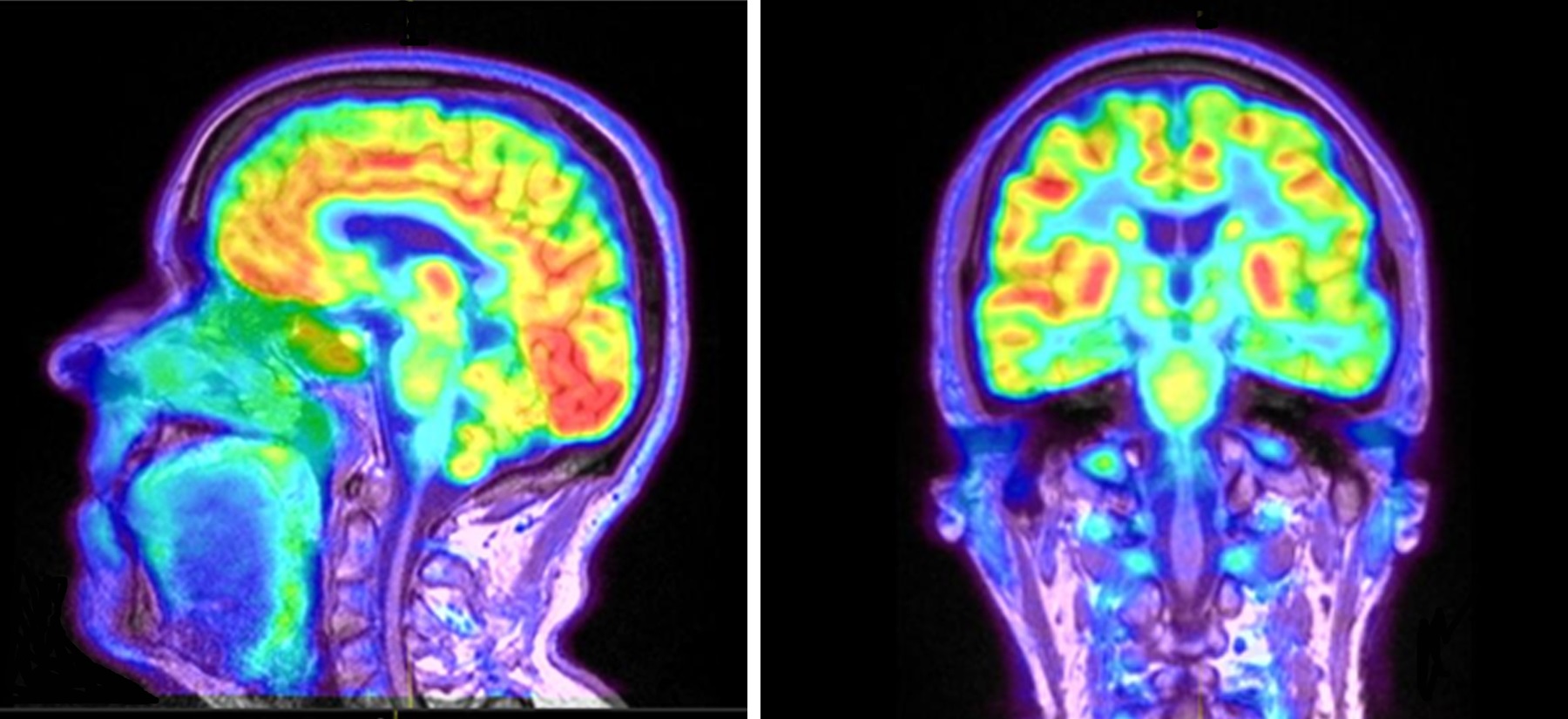 Taking Your Pet On An Uber In Mumbai A Step By Step Guide
May 18, 2025
Taking Your Pet On An Uber In Mumbai A Step By Step Guide
May 18, 2025 -
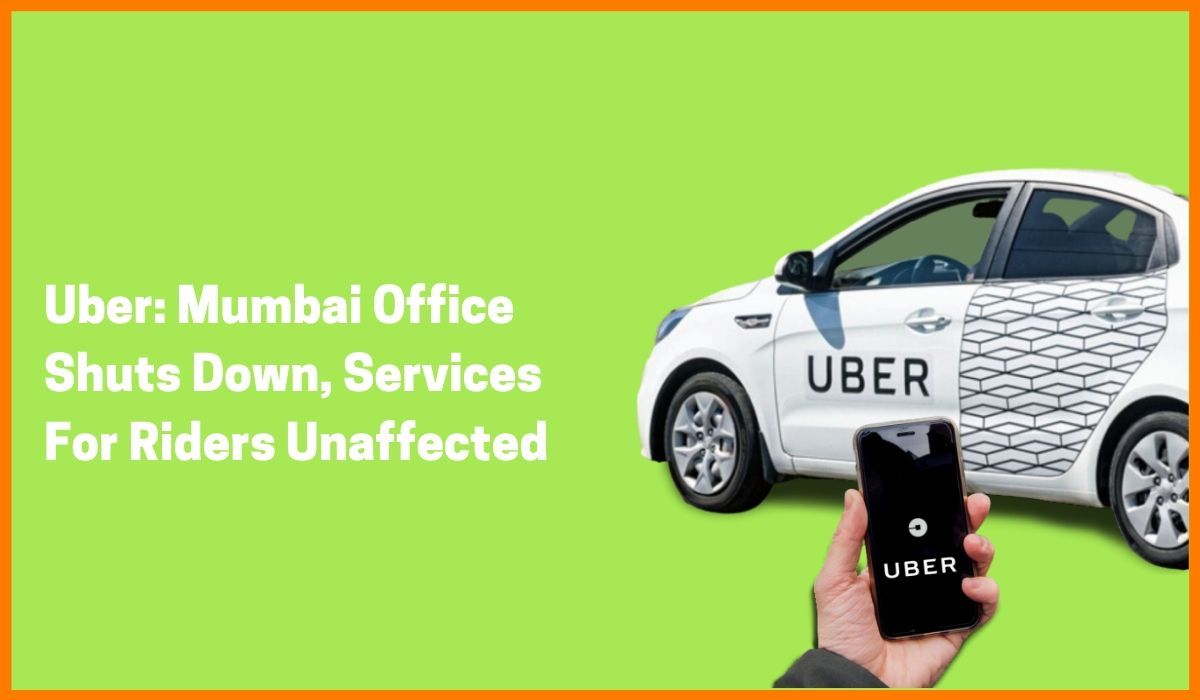 Travel With Pets On Uber In Mumbai A Complete Guide
May 18, 2025
Travel With Pets On Uber In Mumbai A Complete Guide
May 18, 2025 -
 Investing In Ubers Autonomous Driving Technology An Etf Strategy
May 18, 2025
Investing In Ubers Autonomous Driving Technology An Etf Strategy
May 18, 2025 -
 Uber Pet Policy Mumbai How To Travel With Your Pet
May 18, 2025
Uber Pet Policy Mumbai How To Travel With Your Pet
May 18, 2025
